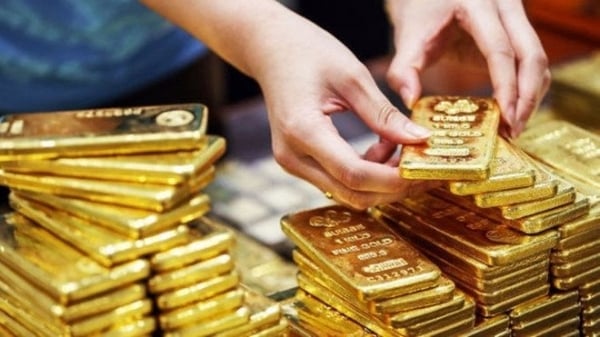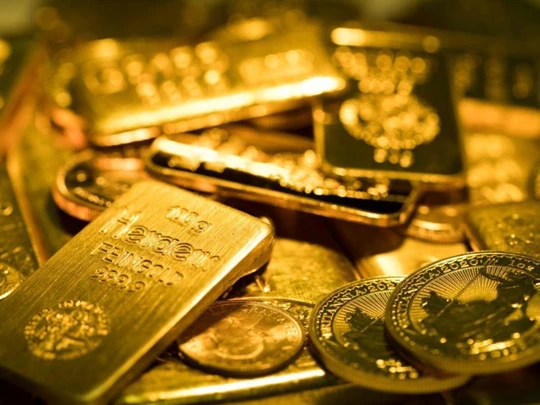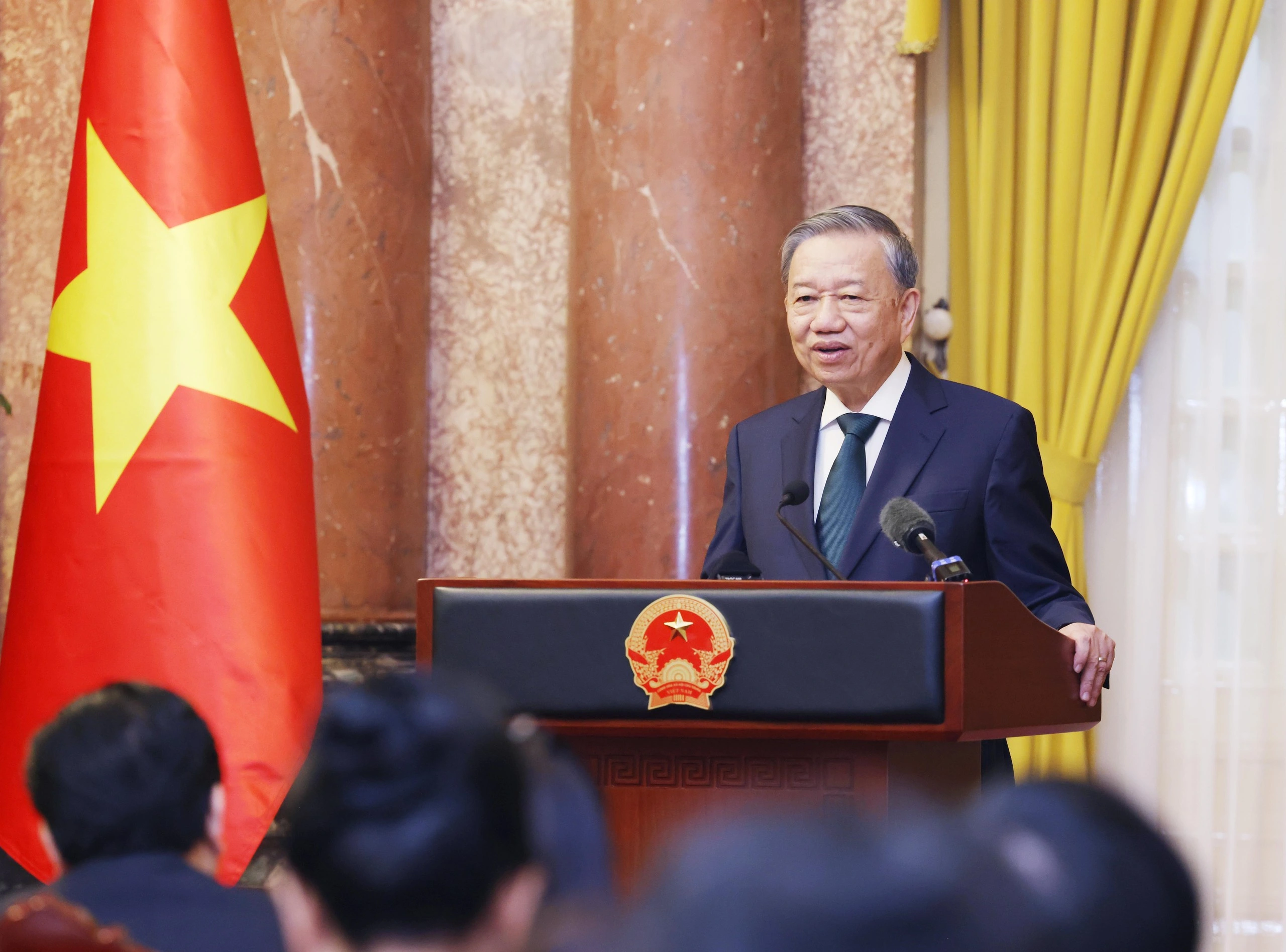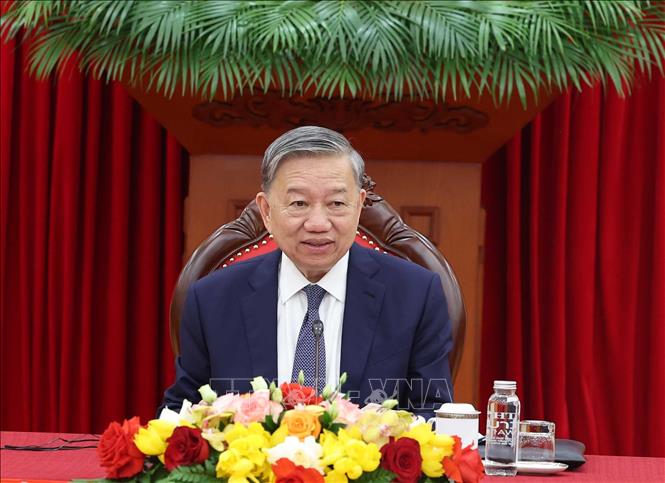Gold prices rose 2% to $2,348 an ounce in May, marking their third consecutive monthly gain, according to the World Gold Council (WGC) May Gold Market Commentary. Despite the smaller increase compared to March and April, gold prices still hit an all-time high of $2,427 an ounce in mid-May before falling back. The market excitement has pushed long managed money positions on the COMEX (US Commodity Futures Exchange) to their highest level in four years.
The WGC’s Gold Yield Allocation Model (GRAM) does not point to any single variable driving gold’s performance in May. Positive factors include gold’s price momentum and a weak US dollar, but the impact is negligible. The biggest factor remains the unexplained component, which could be attributed to decentralized, off-exchange gold trading and strong central bank buying.
 |
| In May, world gold prices maintained a continuous upward trend with an increase of 2%. Photo: Pixabay |
Gold exchange-traded funds (ETFs) recorded their first monthly inflows since May 2023, with a total value of $529 million, increasing total assets under management (AUM) by 2% to $234 million, the highest level since April 2022. However, the amount of gold in the fund is still 8.2% below the average level in 2023.
ETFs in Europe and Asia drove global flows, with Asia recording its 15th consecutive monthly inflow of $398 million in May, which was the lowest since November 2023.
China led the region’s gold demand as domestic prices hit record highs and its currency weakened, while Japan saw strong inflows thanks to attractive domestic prices. Asia has attracted $2.6 billion so far in 2024, making it the only region to see inflows into ETFs, with total assets under management in Asia up 41%, the highest on record.
“The gold market situation depends on US growth and inflation data. The USD reversed course in May after a long rally since early 2024 as inflation trended lower, giving the US Federal Reserve more flexibility to adjust interest rates. The weakness in the USD could benefit gold. In addition, the USD is heavily influenced by less optimistic economic data and the ongoing global growth outside the US could dampen the performance of the currency,” said Shaokai Fan, Director of Asia-Pacific (excluding China) and Head of Global Central Banks at the World Gold Council.
Gold has recently almost outperformed the US dollar as buyers in emerging markets appear to be paying less attention to the US dollar or expectations of Western monetary policy, said Shaokai Fan. A weaker US dollar in the future could attract Western investors back to the gold market who are waiting for a boost.
The US Federal Reserve previously announced it would keep interest rates steady and only cut them once in 2024 despite some improvement in inflation, as growth and unemployment remain at levels better than the US central bank considers sustainable in the long term.
Higher interest rates increase the opportunity cost of holding gold, so the precious metal has lost momentum. However, investors are still predicting the possibility of the US central bank cutting interest rates by about 50 basis points later this year.
Source: https://congthuong.vn/trung-quoc-dan-dau-ve-nhu-cau-vang-trong-khu-vuc-326158.html




![[Photo] Ha Giang: Many key projects under construction during the holiday season](https://vstatic.vietnam.vn/vietnam/resource/IMAGE/2025/5/1/8b8d87a9bd9b4d279bf5c1f71c030dec)

![[Photo] Binh Thuan organizes many special festivals on the occasion of April 30 and May 1](https://vstatic.vietnam.vn/vietnam/resource/IMAGE/2025/5/1/5180af1d979642468ef6a3a9755d8d51)
![[Photo] "Lovely" moments on the 30/4 holiday](https://vstatic.vietnam.vn/vietnam/resource/IMAGE/2025/5/1/26d5d698f36b498287397db9e2f9d16c)





























































































Comment (0)